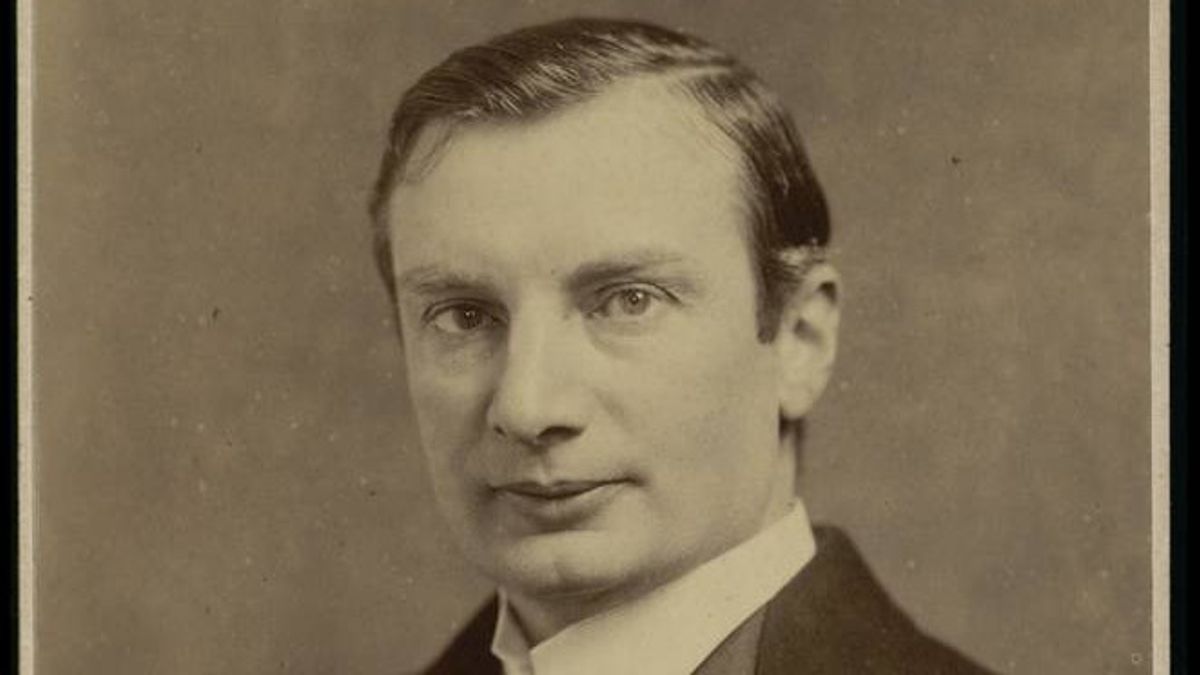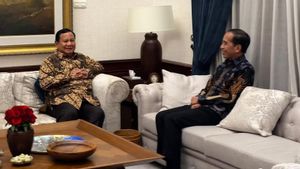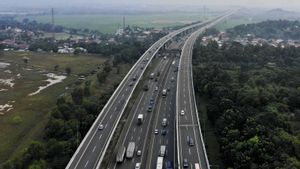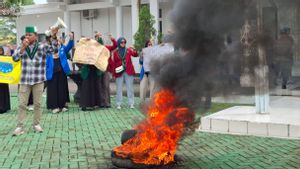JAKARTA - Waldemar Mordecai Haffkine created the world's first vaccine against a cholera epidemic. Before successfully preventing the spread of the plague through vaccination, it was rejected by many people even by the British authorities at that time. How is the story of this forgotten vaccine pioneer?
In the spring of 1894, Haffkine traveled to Calcutta, the state of Bengal, India to look for cholera. Incidentally, it was springtime, a time when cholera is widely spread.
Arriving in India in March, Haffkine had already armed himself with what he believed to be a vaccine for the disease. It struggled all year round to make progress in testing its creations.
As written by the BBC, Haffkine's arrival was greeted with skepticism and rejection from some British medical institutions and the Indian community. He is not a doctor but a zoologist. While he was a Russian Jew developing his skills in Paris, the world of international bacteriology was under suspicion.
Haffkine, 33 at the time, also struggled with the practical side of testing his vaccine. His first trial required two injections over the span of a week. And his team sometimes struggled to find volunteers willing to take the second shot.
Haffkine inoculated some 23,000 people that year in northern India according to his own records. "But no cholera appears in their midst to show whether the vaccine is valuable or not," it wrote.
Then in March 1894, Haffkine took a break. He was invited to Calcutta by medics there to help identify the bacteria in a water reservoir around the city.
The place he visited was an area of slum villages on the outskirts of the city. Generally, families living in the area get water from the same source. This certainly makes them vulnerable to periodic cholera outbreaks.
In late March, two people died of cholera in the bustee Kattal Bagan, signaling a new outbreak. Haffkine went to the bustee and inoculated 116 of the 200 or so residents.
In late March, two people died of cholera in the bustee Kattal Bagan, signaling a new outbreak. Haffkine went to the bustee and inoculated 116 of the 200 or so residents.
After that his small team observed ten cholera cases there. It is known that seven people from there had cholera and all those who did were not inoculated.
The results are encouraging enough for Calcutta health workers to fund a wider trial, but convincing people to get vaccinated is easier said than done. The UK government's medical program has sown mistrust among the population, and for many, the concept of vaccination is foreign.
However, Haffkine did not have any sense, he then took a team of doctors from India instead of England. And he has a new trick in the world of vaccinology: publicly injecting himself to prove the vaccine is safe.

"What is often missing in the story, is that after the initial refusal, people then started queuing in the slums of Calcutta to get the cholera vaccine from Haffkine, they were waiting all day long," said Professor Pratik Chakrabarti, chair in the history of science and medicine, University. Manchaster.
"He would spend hours and days in the slum working with Indian doctors. He would start vaccinations in the morning before people went to work, and continue after they returned at night, sitting by oil lamps in the slums, "said Chakrabarti.
Haffkine's work places him among a select group of scientists who are pioneering profound and global changes in how to understand and treat disease. However, unlike Edward Jenner before him and Jonas Salk after him, Haffkine's name never really entered the public sphere, either in India or Europe.
In fact, said Chakrabarti Haffkine was the first person to bring such laboratory drugs to tropical countries such as India. "He is a Paris scientist who came to the slums of Calcutta. He has a very dramatic story," he said.
Early discoveryIt all started when Haffkine graduated studying zoology at the University of Odessa in 1884. Four years later, he left his native Russia for Geneva and then anchored in Paris, France.
He worked as an assistant librarian at the Louis Pasteur Institute, which was then the world's leading center for bacteriological research. In his spare time, Haffkine plays the violin or does experiments in the bacterology laboratory.
One day he discovered a study, that by passing the bacteria, a disease in this case cholera, through the peritoneal cavity in pigs, it can produce reinforcement against cholera, and the bacteria can then be weakened by using heat. The attenuated injection of bacteria appears to immunize the pigs from the deadly disease.
Then at that time, cholera was becoming a byword. How to treat the disease is still very conventional. The patient is bathed and steamed until half to death, or sprays carbolic acid all over the body.
But, Haffkine and his team have other ways. He hypothesized that a virus or bacteria, which could be made and weakened, could provide strength.
After experimenting with success, Haffkine began replicating his research results to rabbits and pigeons, and was successful. Only then did he dare to try it on humans.
In July 1892, Haffkine risked his life by injecting himself with the weakened cholera bacteria aka the cholera vaccine. He then developed a fever for several days but recovered completely, and then injected three of his Russian friends and several other volunteers.
When neither of his volunteers had a bad reaction, that's when Haffkine believed he had a potential vaccine. That's how he created his first vaccine, until it was successfully tested on a massive scale in India.
The English, Chinese, Japanese, Arabic, and French versions are automatically generated by the AI. So there may still be inaccuracies in translating, please always see Indonesian as our main language. (system supported by DigitalSiber.id)













